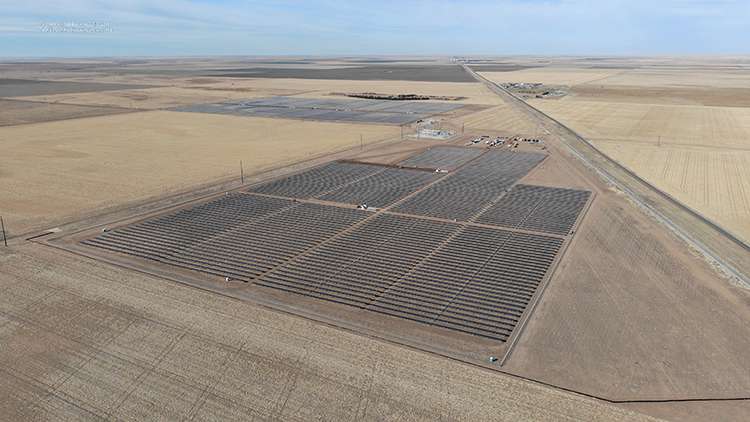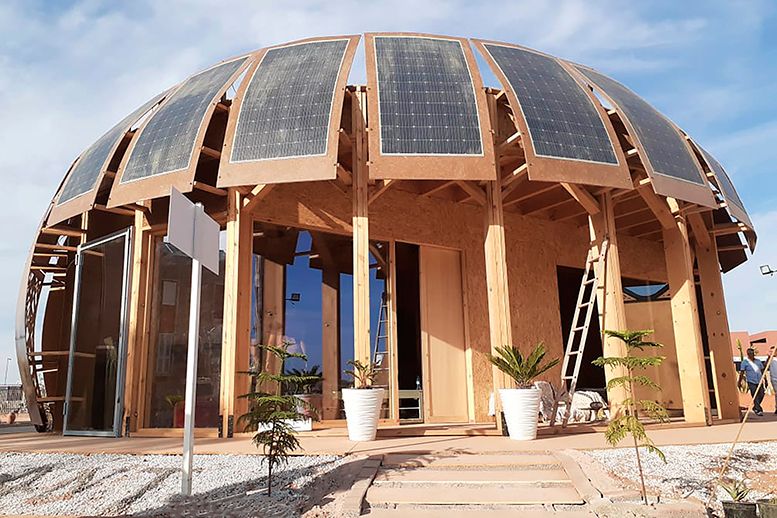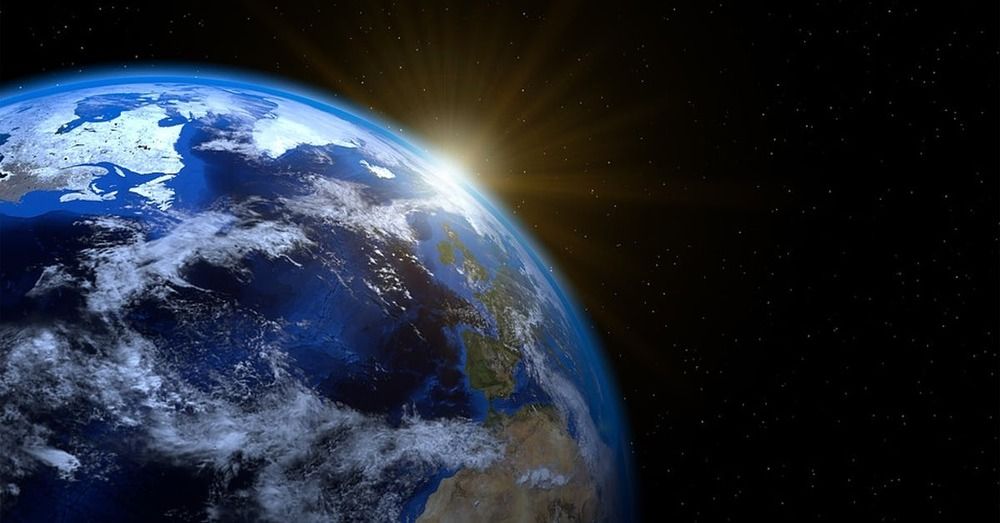Semi-transparent solar cells that can be incorporated into window glass are a “game-changer” that could transform architecture, urban planning and electricity generation, Australian scientists say in a paper in Nano Energy.
The researchers—led by Professor Jacek Jasieniak from the ARC Centre of Excellence in Exciton Science (Exciton Science) and Monash University—have succeeded in producing next-gen perovskite solar cells that generate electricity while allowing light to pass through. They are now investigating how the new technology could be built into commercial products with Viridian Glass, Australia’s largest glass manufacturer.
This technology will transform windows into active power generators, potentially revolutionizing building design. Two square meters of solar window, the researchers say, will generate about as much electricity as a standard rooftop solar panel.









